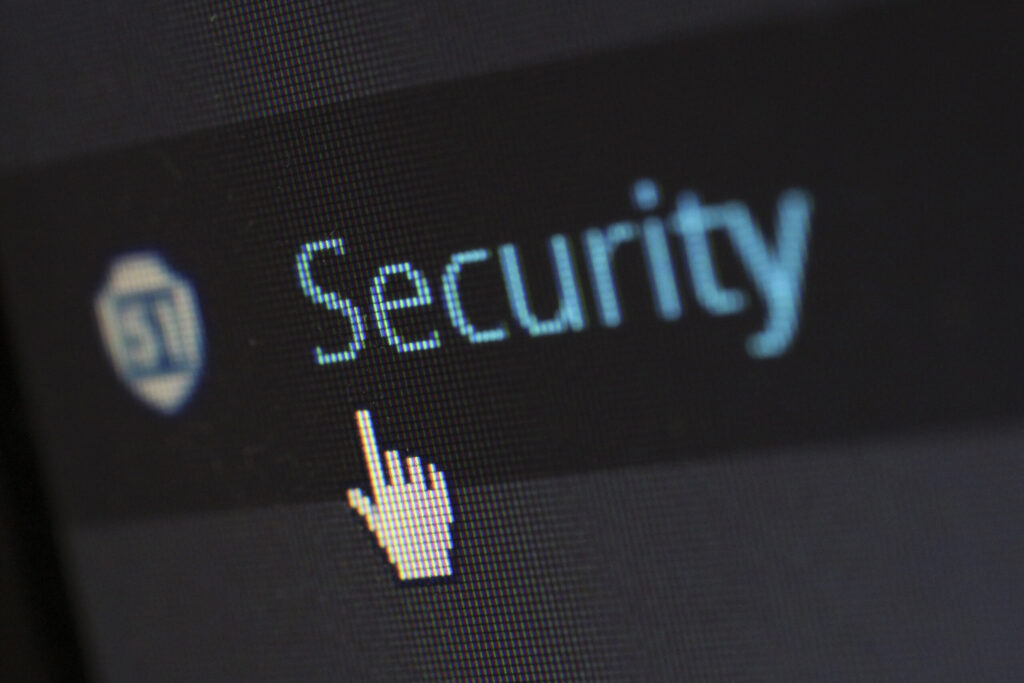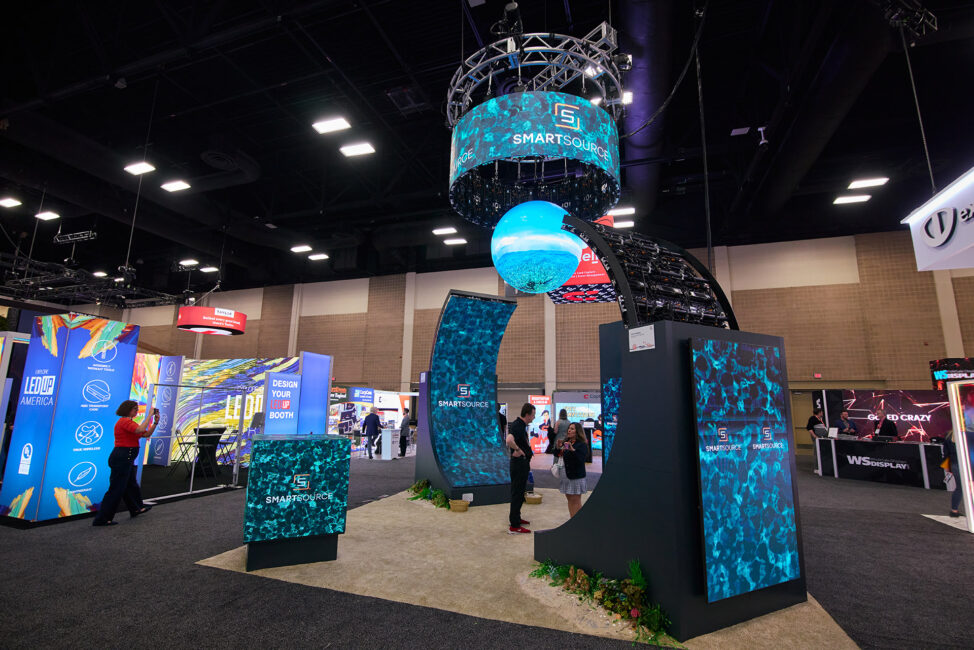Table of Contents
- Understanding the Network Security Threat Landscape
- The 277-Day Containment Timeline
- Your Ultimate Network Security Checklist
- Prevention is ALWAYS better than a cure.
In a digital world fraught with cyber threats, network security has become a top priority for organizations of any type, especially event organizers.
In fact, cybersecurity failure is now listed as the fourth most clear and present danger over the next two years.* As more employees shift to remote work and virtual meetings, the “attack surface” for cybercriminals has increased significantly. The question is: How can your organization stay ahead of these threats and safeguard its network? In this blog, we offer a network security checklist to help event organizers protect themselves and their constituents.

Understanding the Network Security Threat Landscape
Before diving into the network security checklist, it’s important to grasp the common cybersecurity threats organizations face today. These include ransomware, business email compromise, spear phishing (highly personalized attacks), big data dumps, and security tooling gaps.
It’s also worth noting that vendors, technology companies, and venues may pose a risk if they do not have appropriate network security.
The 277-Day Containment Timeline
One alarming statistic that underscores the urgency of this issue is that it takes an average of 277 days for security teams to identify and contain a data breach.**
This extended timeline highlights the need for proactive measures to prevent attacks and reduce response times when breaches occur.
Your Ultimate Network Security Checklist
Most cybersecurity experts agree that breaches aren’t a matter of “if”, but a matter of “when”, for every organization.
Now, let’s delve into the network security checklist that your organization can use take to bolster its cybersecurity:
- Patch operating systems, 3rd party software, and firmware as soon as updates and patches are released.
- Install and update antivirus software on all endpoints and enable real-time detection.
- Perform backups of all data with encryption enabled during transit and at rest with password protection. Ensure these copies are not accessible for modification or deletion from any system where the original data resides.
- Ensure you have implemented and use multifactor authentication (MFA) wherever possible.
- Review domain controllers, servers, workstations, and active directories for new or unrecognized user accounts.
- Use a strong password policy to ensure accounts on the server and the local computer can’t be compromised.
- Enable logging in to audit user accounts with administrative privileges and configure access controls with the least privilege in mind. Do not give all users administrative rights.
- Disable unused ports, especially Remote Desktop Protocol (RDP) ports, and monitor remote access/RDP logs for any unusual activity.
- Implement SPF, DMARC, and DKIM to stop email spoofing/phishing from your domain.
- Consider adding an “EXTERNAL” email banner to emails received from outside your organization.
- Disable hyperlinks in received emails.
- Implement network segmentation so that all machines on your network are not accessible from every other device.
- Train users to better identify and prevent cyberattacks, especially phishing attacks.
By following this comprehensive network security checklist, your event organization can significantly enhance its resilience against cyberattacks.
Prevention is ALWAYS better than a cure.
You can download our full guide, “What You Need to Know Now About Cybersecurity in Events”, here.
*In its Global Risks Report 2021, The World Economic Forum listed cybersecurity failure as the fourth most clear and present danger (behind infectious diseases, livelihood crises, and extreme weather events) the world faces in the next two years.
** It takes an average of 277 days for security teams to identify and contain a data breach, according to the “Cost of a Data Breach 2023” report released by IBM and Ponemon Institute.
Innovation, Insights, and Industry Trends
View AllUnlock Exclusive Insights and Resources
Stay ahead with our latest in-depth articles, case studies, webinars and valuable resources, all delivered straight to your inbox.
Newsletter
"*" indicates required fields









